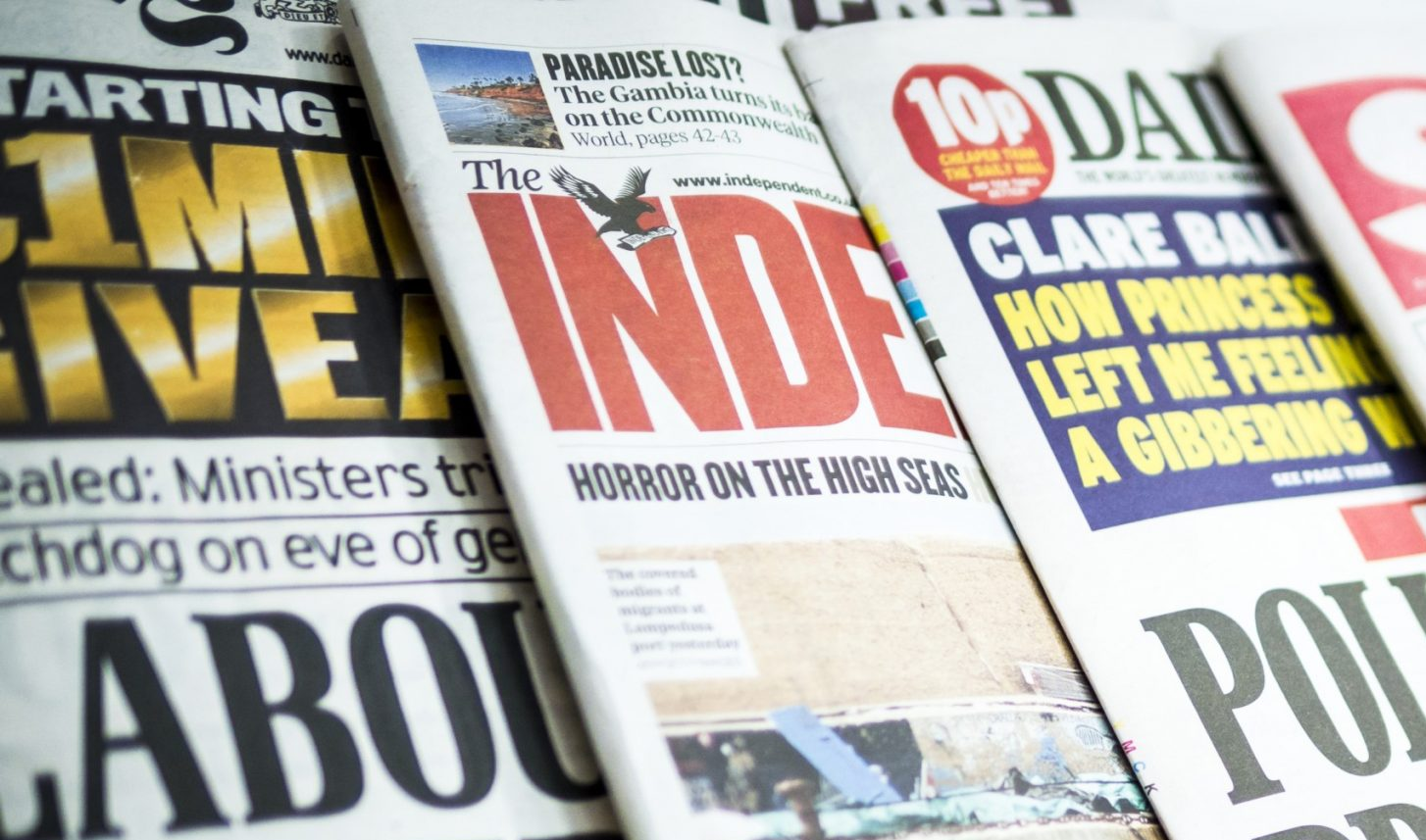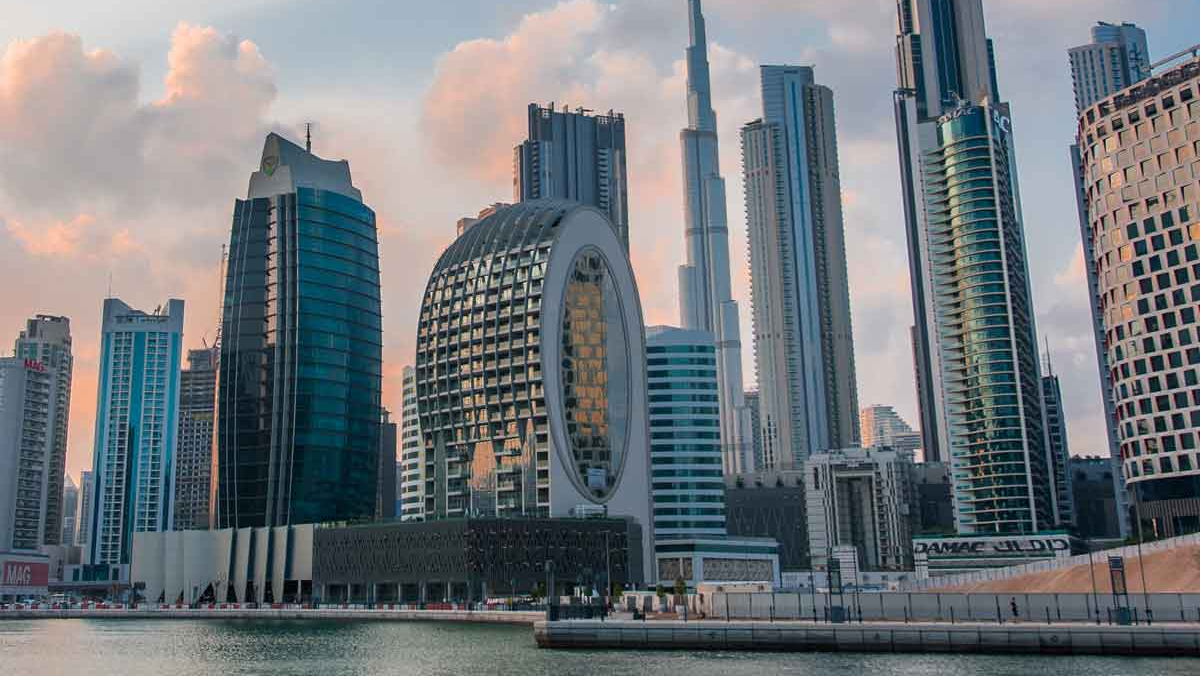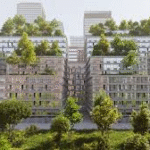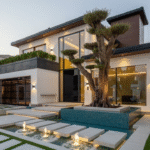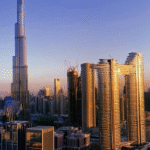Now Reading: UAE Cities: 6 Tax Planning Insights for 2025 Property Developers
-
01
UAE Cities: 6 Tax Planning Insights for 2025 Property Developers
UAE Cities: 6 Tax Planning Insights for 2025 Property Developers
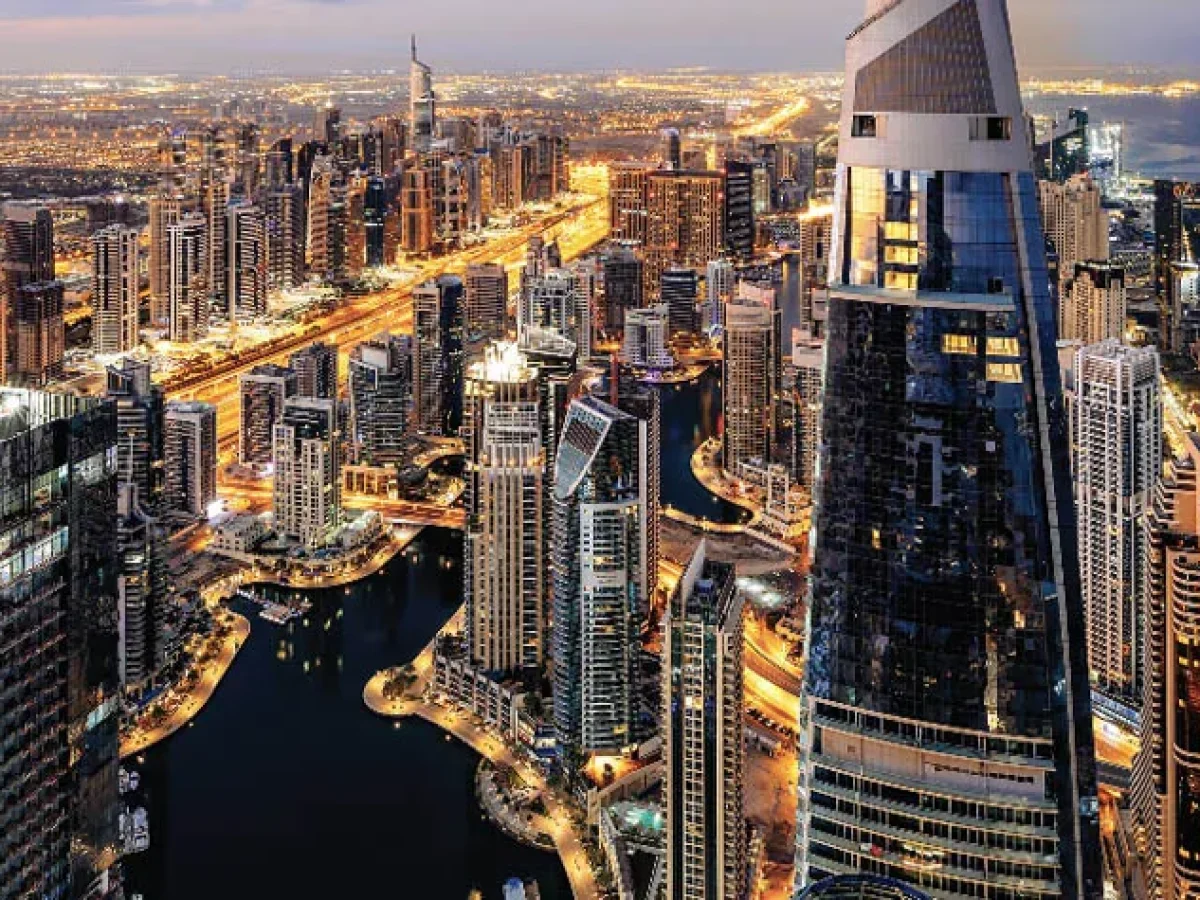
Table of Contents
The UAE’s real estate market, valued at AED 2.3T in 2024 with 18% YoY growth (AED 458B transactions), offers developers tax-efficient opportunities across its key cities Dubai, Abu Dhabi, Sharjah, Ajman, Ras Al Khaimah (RAK), and Fujairah.
Freehold laws since 2002 (Dubai), 2005 (Abu Dhabi, Fujairah), and later in other emirates enable 100% foreign ownership, driving demand from expats (80–85% of 10.3M UAE population, mainly Indian, Pakistani, UK). In 2025, developers face a 9% corporate tax on mainland profits above AED 375K, but free zones like Dubai South, ADGM, SHAMS, Ajman Free Zone, RAKEZ, and FFZ offer 0% corporate tax for Qualified Free Zone Persons (QFZP) with non-mainland revenue <5% or AED 5M.
Small Business Relief (SBR) exempts SMEs with revenues below AED 3M from 9% corporate tax until 2026. The Domestic Minimum Top-up Tax (DMTT) at 15%, effective January 2025, targets multinationals with revenues over €750M, sparing most developers.
Zero personal income, capital gains, and property taxes, plus 5% VAT recovery on construction costs (AED 50K–5M per project), enhance profitability. Below are six tax planning insights for developers, tailored to UAE cities, with strategies to optimize returns, ensure compliance, and leverage 2024–2025 market trends.
1. Leverage Free Zone Benefits for Zero Corporate Tax
- Strategy: Establish operations in emirate-specific free zones—Dubai South (Dubai), ADGM (Abu Dhabi), SHAMS (Sharjah), Ajman Free Zone, RAKEZ (RAK), or FFZ (Fujairah)—to qualify as a QFZP and secure 0% corporate tax. Ensure non-mainland revenue (e.g., international sales or leasing) is <5% or AED 5M. For example, a Dubai-based developer selling off-plan units in Dubai Creek Harbour (AED 1.5M–15M) to international buyers can save AED 0.3M–2.7M annually in corporate tax by operating through Dubai South Free Zone.
- City-Specific Opportunities: Dubai South supports high-end projects like Emaar Beachfront (AED 2.5M–12.8M, 6–9% ROI); ADGM suits luxury developments like Saadiyat Grove (AED 1.5M–8M, 6–9% ROI); RAKEZ benefits RAK’s Quattro Del Mar (AED 875K–2.5M, 6–9% ROI); Ajman Free Zone aids affordable projects like Ajman Uptown (AED 800K–2.5M, 6–8% ROI).
- Compliance: Maintain separate books for mainland and free zone activities to avoid tax leakage. Register with UAE Federal Tax Authority (FTA) for QFZP status. Engage advisors like Spectrum Accounts (info@spectrumaccounts.com) for compliance.
- Impact: Saves 9% on profits above AED 375K (e.g., AED 90K on AED 1M profit, AED 2.7M on AED 30M profit). Aligns with 90–95% absorption rates and 18% market growth in 2024.
2. Utilize Small Business Relief for SME Developers
- Strategy: Developers with revenues below AED 3M can leverage SBR to avoid 9% corporate tax until 2026, ideal for small-scale projects in Ajman (e.g., Ajman Downtown, AED 164K–1M, 8–10% ROI) or RAK (e.g., Sunshine Bay, AED 1.4M–2.8M, 6–9% ROI). For instance, a Sharjah developer building 50 units in Aljada (AED 1.27M–3M, revenue <AED 3M) can save AED 270K annually in corporate tax.
- City-Specific Opportunities: Ajman’s Al Nuaimiya (AED 200K–800K, 8–9% ROI) and Sharjah’s Aljada suit SME developers due to lower entry costs (AED 200–600 psf vs. Dubai’s AED 2,000 psf). Fujairah’s Qidfa Development (AED 700K–3M, 6–8% ROI) also fits SBR criteria.
- Compliance: File simplified tax returns with FTA under SBR. Avoid related-party transactions exceeding AED 3M to maintain eligibility. Use advisors like Provident Estate (info@providentestate.com) for tax structuring.
- Impact: Saves AED 45K–270K annually for projects with AED 0.5M–3M revenue, boosting cash flow for reinvestment in high-demand cities (90–95% occupancy).
3. Recover VAT on Construction Costs
- Strategy: Register with FTA to recover 5% VAT on construction costs (e.g., materials, labor, design services), saving AED 50K–5M per project. For a Dubai project like DAMAC Lagoons (AED 1.8M–6M units, AED 100M construction cost), VAT recovery saves AED 5M. Off-plan sales allow buyers to recover 5% VAT (AED 1.9K–75K per unit), increasing buyer appeal.
- City-Specific Opportunities: High-value projects in Dubai (Emaar Beachfront, AED 2.5M–12.8M) and Abu Dhabi (Saadiyat Grove, AED 1.5M–8M) maximize VAT recovery due to scale. Ajman (Al Yasmeen, AED 800K–2.5M) and RAK (Mirasol, AED 1.2M–3.6M) offer smaller-scale savings.
- Compliance: Submit VAT invoices to FTA within 30 days. Ensure input tax credit eligibility by segregating exempt supplies (e.g., residential leases). Engage advisors like McCone Properties (info@mcconeproperties.com) for VAT compliance.
- Impact: Enhances project margins by 5% on costs (e.g., AED 0.5M on AED 10M, AED 5M on AED 100M), critical in competitive markets with 8–12% appreciation by 2026.
4. Optimize Off-Plan Sales for Fee Exemptions
- Strategy: Structure projects as off-plan sales to secure 2% DLD or registration fee exemptions, saving buyers AED 7.5K–300K per unit, which developers can market as incentives. For example, Dubai’s JVC (AED 375K–3.5M) offers AED 7.5K–70K savings, while Fujairah’s Fujairah Beach (AED 1.5M–5M) saves AED 30K–100K.
- City-Specific Opportunities: Dubai’s Business Bay (AED 1.2M–5M, 7–9% ROI) and Abu Dhabi’s Saadiyat Grove benefit from high off-plan demand (60% of 2024 sales). Ajman’s Emirates City (AED 250K–900K, 8–9% ROI) and Sharjah’s Aljada attract budget-conscious buyers with lower exemptions (AED 5K–18K).
- Compliance: Register off-plan projects with DLD, Abu Dhabi Municipality, or ARERA for escrow compliance. Ensure transparent pricing to avoid AML scrutiny. Use platforms like dxboffplan.com for marketing.
- Impact: Increases sales velocity (90–95% absorption) by reducing buyer costs, boosting developer cash flow by 5–10% per project.
5. Use Double Tax Treaties for International Revenue
- Strategy: Leverage UAE’s 138 double tax treaties (e.g., India, UK, Pakistan) to minimize foreign tax liabilities on international sales or rental income. For instance, an Indian developer selling Dubai’s Bluewaters Island units (AED 3M–10M) to Indian buyers can claim tax credits in India, reducing FEMA/PMLA risks.
- City-Specific Opportunities: Dubai’s Dubai Creek Harbour and Abu Dhabi’s Saadiyat Grove attract Indian and UK buyers (50% of 2024 foreign investment). RAK’s Quattro Del Mar and Fujairah’s Fujairah Beach appeal to Pakistani investors, leveraging treaty benefits.
- Compliance: Document source of funds via authorized banking channels (LRS limit: $250,000/year). Use DIFC Wills Service Centre for non-Muslim inheritance planning to ensure tax-free succession. Engage advisors like A1 Properties (info@a1properties.ae) for treaty optimization.
- Impact: Reduces foreign tax liabilities by 10–30% (e.g., AED 0.1M–1M per project), enhancing net profits for developers targeting expat markets (80% of demand).
6. Mitigate DMTT and AML Risks
- Strategy: Structure operations to avoid DMTT (15%, effective January 2025) by ensuring revenues stay below €750M, applicable to most UAE developers. Implement robust AML compliance (KYC, source-of-funds verification) to avoid penalties (AED 50K–1M). For example, a Fujairah developer for Qidfa Development (AED 700K–3M) can save AED 5K–15K in compliance costs by using authorized banking channels.
- City-Specific Opportunities: Smaller markets like Ajman (Al Nuaimiya, AED 200K–800K) and RAK (Sunshine Bay, AED 1.4M–2.8M) face lower AML scrutiny due to affordable pricing. Dubai’s Business Bay and Abu Dhabi’s Saadiyat Grove require stricter compliance due to high-value transactions (AED 1.2M–15M).
- Compliance: Use DLD, ARERA, or RAK Real Estate Department portals for transparent title deeds. Implement AML software for KYC checks. Avoid cryptocurrency payments to mitigate FEMA/PMLA risks for Indian investors (120% tax penalties). Engage advisors like Spectrum Accounts for compliance audits.
- Impact: Avoids DMTT (saving AED 1.5M–15M for mid-sized developers) and AML fines, ensuring 6–10% ROI across projects.
Market Trends and Outlook for 2025
- Yields and Appreciation: UAE projects offer 6–10% ROI (7–11% for short-term rentals) and 6–12% appreciation, driven by AED 458B in 2024 transactions. Rentals grew 7–8%, with 90–95% occupancy due to tourism (25M visitors) and expat demand (80–85% of population). Average prices: AED 200–3,600 psf.
- Tax Environment: Zero personal income, capital gains, and property taxes. 2% registration fee exemptions (AED 3.3K–300K) save AED 3.3K–375K. 5% VAT recoverable (AED 0.8K–75K per unit, AED 50K–5M per project). 9% corporate tax on mainland profits above AED 375K; free zones offer 0% for QFZP entities. SBR exempts SMEs (revenue <AED 3M) until 2026. De-enveloping saves 9% on rental profits (AED 1.4K–45K/year). DMTT (15%) affects only large MNEs.
- Infrastructure Impact: Dubai Metro (2029), Etihad Rail (2026), Ajman airport (2027), and Fujairah Port expansion boost values by 10–15%. Proximity to Dubai (10–90 minutes) drives rentals (AED 15K–500K/year).
- Investor Drivers: Limited supply (15,000 units by 2026), investor visas (AED 750K+), and Golden Visa (AED 2M+) fuel 80% expat demand. Sustainability (LEED, eco-friendly designs) aligns with emirate-specific visions (e.g., Dubai 2040, Ajman Vision 2030).
- Risks: Oversupply (15,000 units by 2026) and AML compliance costs (AED 5K–15K) pose a 5–7% correction risk in H2 2025. Mitigated by 90–95% absorption, municipal escrow protections, and developer credibility (Emaar, Aldar, RAK Properties).
Implementation for Developers
- Project Focus: Develop affordable units in Ajman (Al Nuaimiya, AED 200K–800K) or RAK (Quattro Del Mar, AED 875K–2.5M) for SBR eligibility, mid-range projects in Sharjah (Aljada, AED 1.27M–3M) or Fujairah (Fujairah Beach, AED 1.5M–5M) for QFZP benefits, and luxury developments in Dubai (Emaar Beachfront, AED 2.5M–12.8M) or Abu Dhabi (Saadiyat Grove, AED 1.5M–8M) for high-net-worth investors.
- Process: Register projects with DLD, Abu Dhabi Municipality, ARERA, or RAK Real Estate Department for escrow compliance. Use 5–10% down payment or 1% monthly plans to attract buyers. Verify buyer funds via authorized banking channels (LRS limit: $250,000/year). List on PropertyFinder.ae, dxboffplan.com, or Bayut.com.
- Platforms: Partner with Emaar (info@emaar.com), Aldar (info@aldar.com), RAK Properties (info@rakproperties.ae), or brokers like Provident Estate (info@providentestate.com) for project execution and sales.
Conclusion
In 2025, UAE cities Dubai, Abu Dhabi, Sharjah, Ajman, RAK, and Fujairah offer developers tax-optimized opportunities with 6–10% ROI and 6–12% appreciation, driven by AED 458B in 2024 transactions.
Free zone benefits (0% corporate tax via QFZP), SBR (AED 45K–270K savings for SMEs), VAT recovery (AED 50K–5M per project), off-plan fee exemptions (AED 3.3K–300K per unit), double tax treaties, and AML compliance strategies maximize profitability. The DMTT (15%) spares most developers, while zero personal income, capital gains, and property taxes enhance margins. Sustainability (LEED, eco-friendly designs) aligns with emirate visions.
Despite a 5–7% correction risk from oversupply, 90–95% absorption and escrow protections ensure stability. Developers can optimize returns by targeting high-demand cities and engaging advisors like Provident Estate or Spectrum Accounts for tax-efficient, compliant projects. UAE Cities 2025
read more: Dubai Real Estate: 7 Tax-Optimized Projects Ideal for Foreign Investors in 2025



